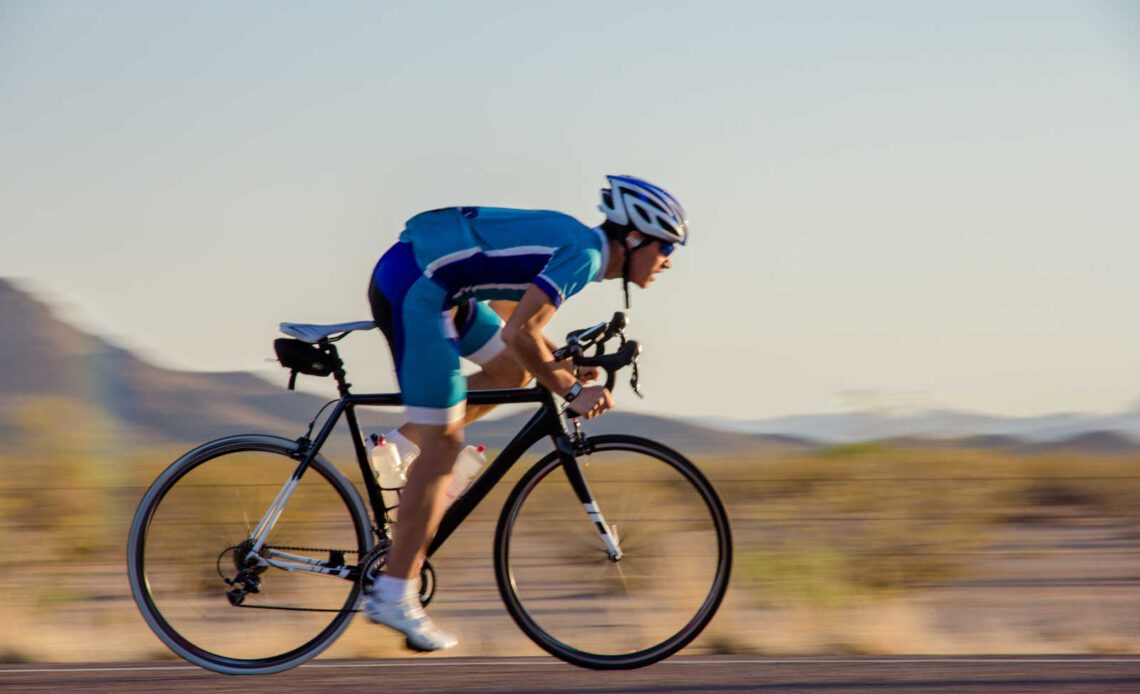Technique is important in cycling. A good, smooth fluid pedal stroke will mean you transfer more power. But it’s not just the legs you need to focus on. A solid core, plus using your arms when you accelerate, will make a big difference. Whether it’s a local race, or keeping up on the group ride–or hey, that damn town sign sprint, using your arms and core correctly will help.
Balance and stability when sprinting
When you accelerate or sprint, you’re bound to notice the bike moving. That’s because the sudden burst of power from your legs can destabilize the bike. So, your arms play a crucial role in maintaining balance. Grip the bars firmly and you can counteract the force generated by their legs. That means that you bike remains steady,
Power transfer when you step on it
During a sprint, you pull on the handlebars with each pedal stroke. This helps to stabilize the upper body, by allowing the legs to push down with more force. The coordination between pulling with your arms and pushing with the legs creates a more powerful and efficient stroke, propelling the bike forward with greater speed.
Aerodynamics
You want to stay aero when you’re pushing on the pedals. That means when sprinting, try and the elbows in and lower the torso. It can make a significant difference in speed by minimizing wind resistance.
Use your core with your arms
The interaction between the arms and the core is important when you sprint. So when you pull on the handlebars, the core muscles need to engage to provide a stable platform. That allows for more effective power transfer from the upper to the lower body.
Hand position
During acceleration and sprinting, you should usually use the drops of the handlebars. This position allows for better leverage and control.
Practicing technique
Try and practice the push-pull technique. As one leg pushes down on the pedal, the opposite arm pulls up on the handlebar. This action helps in power transfer as well as maintains stability. By practicing this technique during training, it can make it second nature during a race or group ride.
Relaxation and tension balance
Although a firm grip is necessary for control and power transfer, excessive tension can lead to fatigue and reduced efficiency. That’s why you should aim for a controlled yet relaxed grip otherwise, allowing for smooth and sustained power delivery.
Click Here to Read the Full Original Article at Canadian Cycling Magazine…

